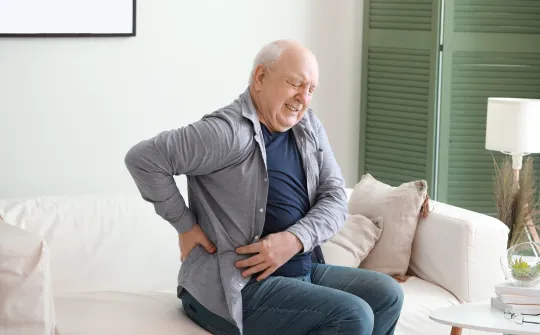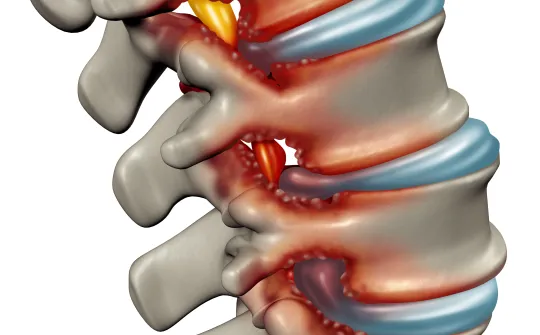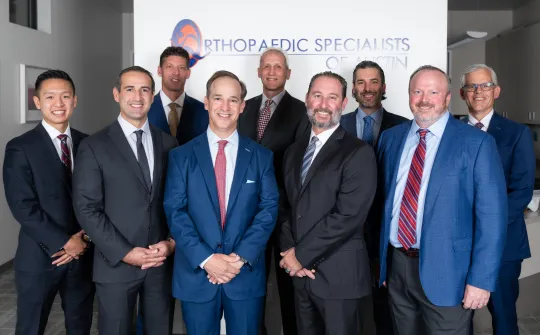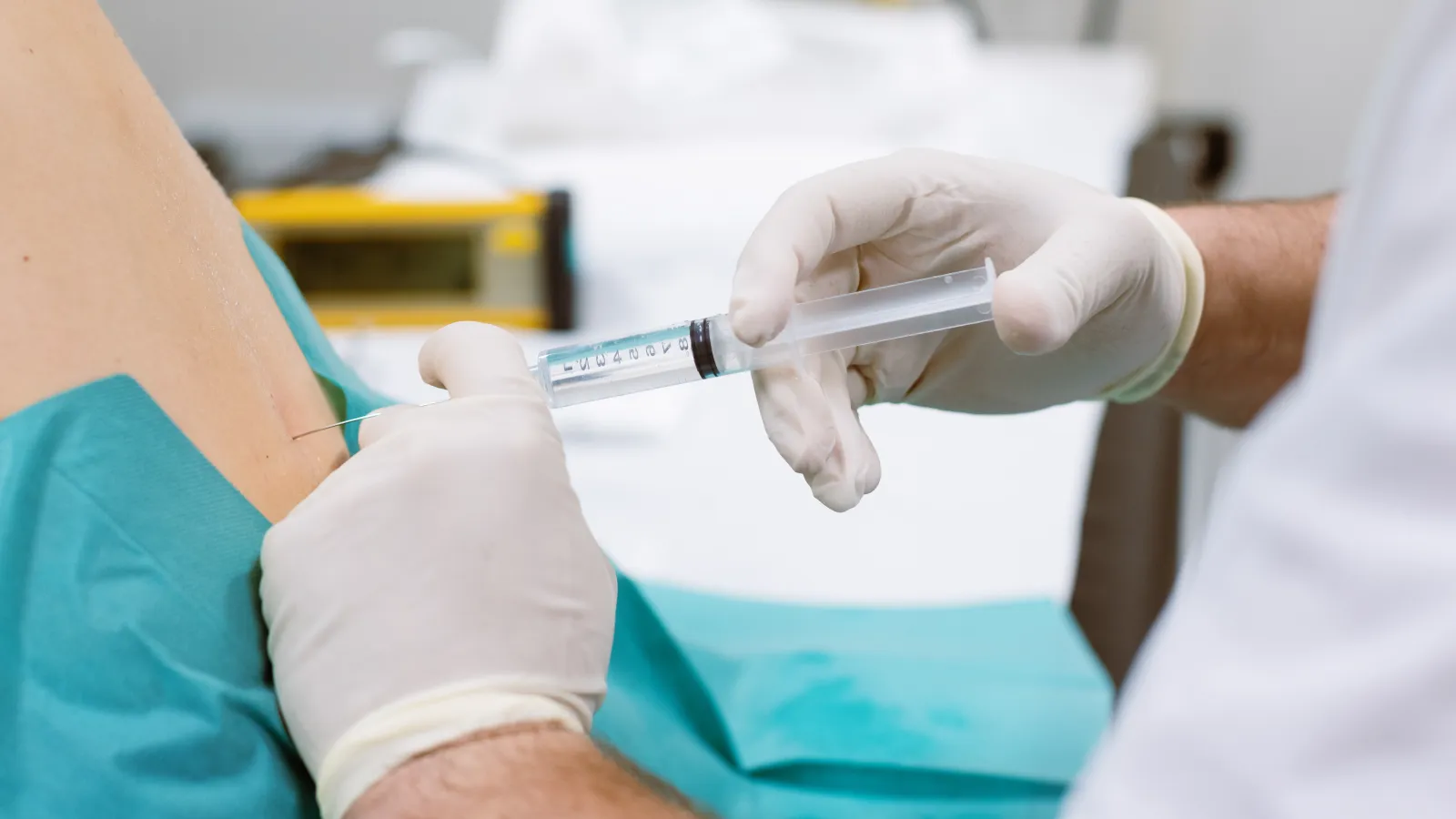
Spinal Stenosis Treatment
What Is Spinal Stenosis?
Spinal stenosis is a condition in which the spinal canal narrows and places excessive pressure on the nerves, causing pain and numbness in your back, arms, or legs. For severe cases of spinal stenosis that cannot be treated with medications or physical therapy, our doctors can perform surgery to widen the space and relieve pressure within your spinal canal. Our offices in Lakeland, Leander, and Austin, TX, offer a variety of spinal stenosis treatment options, including surgery for qualifying patients.

About Spinal Stenosis
Spinal stenosis can occur in different regions of the neck and back, and it is often classified according to the location of the condition. For example, cervical spinal stenosis presents in the neck area, thoracic spinal stenosis occurs in the mid-back region, and lumbar spinal stenosis manifests near the lower portion of the back.
A narrowing of the spinal column places excessive pressure on the nerves, which can result in pain, incontinence, and difficulties with balance. Symptoms can vary, but often include:
- Numbness, weakness, or tingling in the extremities
- Balance problems when standing or walking
- Neck or back pain
- Incontinence of bowel or bladder
- Pain or cramping in the legs after walking or standing for prolonged periods of time

Diagnosing Spinal Stenosis
While spinal stenosis can affect a person of any age, the average sufferer is age 50 or older. Non-invasive imaging, such as an x-ray, MRI, or CT myelogram, is the best way to determine if a patient's physical pain is caused by spinal stenosis.
50+
Age of average spinal stenosis sufferers
Surgery
If non-surgical treatments do not effectively control the pain associated with spinal stenosis, surgery may be necessary. This will create more space within the spinal canal and alleviate pressure on the spinal cord and nerves. Dr. Robert Josey and Dr. Michael Moghimi are experienced in surgical procedures designed to address spinal stenosis.
Our doctors can perform a laminectomy, which can reverse damage from spinal injuries, herniated discs, tumors, or age-related conditions. At our practice, we utilize minimally invasive spine surgery, which is performed using endoscopic techniques to minimize muscle and tissue damage, shorten recovery time, and minimize scarring.




